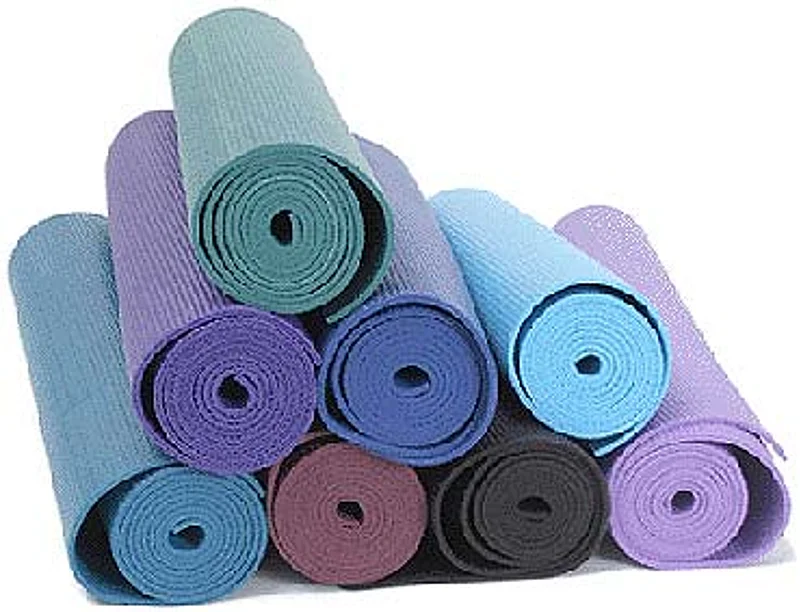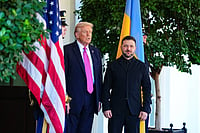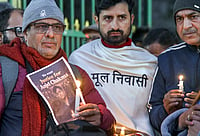- Yoga copyrights can lead to a situation where thousands can lay claim to sequences in varying environments
- Even patents on yoga accessories don't make sense as there can be no equipment without the concept of yoga
- India has to realise the difference be6tween patent and copyright
- Smart way is to build a database on traditional systems that can enable global patent offices to be aware of them
- India needs to identify the correct issues so that it is not barking at the wrong tree, or nostril
***

Some feel India has to realise what to contest and invalidate, instead of wasting energy on everything. For example, patents on yoga accessories are irrelevant as they are not for yoga postures. Clarified a statement by the US embassy: "...no US patents on yoga positions have been identified. Although the US government is unaware of any US patents on yoga, the US Patent and Trademark Office has granted patents on new and non-obvious devices that may be used in conjunction with yoga. However, these patents would not include any yoga positions."
But critics agree Choudhary's copyright should be invalidated if it's restricted to the number of ways one can do the sequence of the 26 asanas. Or if it can lead to multiple copyrights on varying sequences of the same or other asanas. It is also tricky as Choudhary can claim copyright even if someone was doing his sequence in Rajasthan's hot climate. Similarly, there are some yoga-related trademarks that need to be contested.
Moreover, Basheer said in his blogs that "even under the most liberal IP standards that the US has now come to represent, you could still run a claim that yoga sequences are not copyrightable, since they are predominantly 'functional'. And if the US is serious about 'precedents' and respecting the classic 'idea expression' dichotomy...you are likely to succeed.... But unless we identify the correct issue, we may be barking up the wrong tree (or in the context of yoga, breathing up the wrong nostril...)."
Others point to the claims of US patent 5,897,865, which states that it is "a method of treating acne comprising administering orally an effective amount of turmeric to a subject having acne." They say that this is something against which India should act as Indians have been using this method for centuries. And this patent is something that shouldn't have been given as, said Basheer in his blog, "the patent is anticipated by prior art (grandma's way of helping you look pretty...)."
India has slowly realised that its current form of fire-fighting on a case-by-case basis is not yielding effective results. One, it is expensive and time-consuming to fight each IP-related case. Two, the USPTO may have no idea of Indian traditional systems. Says one expert, "You really cannot expect an American to know everything about these things."
So, the Indian government has decided to be proactive. "We are creating a traditional knowledge digital library that has 1,50,000 entries running into 2 million pages. This will catalogue and protect India's historical lineage spanning alternate medicine, naturopathy, homeopathy, herbs, yoga and others. This library will be given to patent authorities under a strict confidentiality agreement to help them avoid fraudulent patents, copyrights and trademarks on products having rightful origins in India," explains V.K. Gupta, head (IT division), CSIR.
This, many say, is a right step. India should think of strategies to prevent unfair patents and copyrights. Or else, there will be blatant moves to patent India's traditional intellectual content.





















